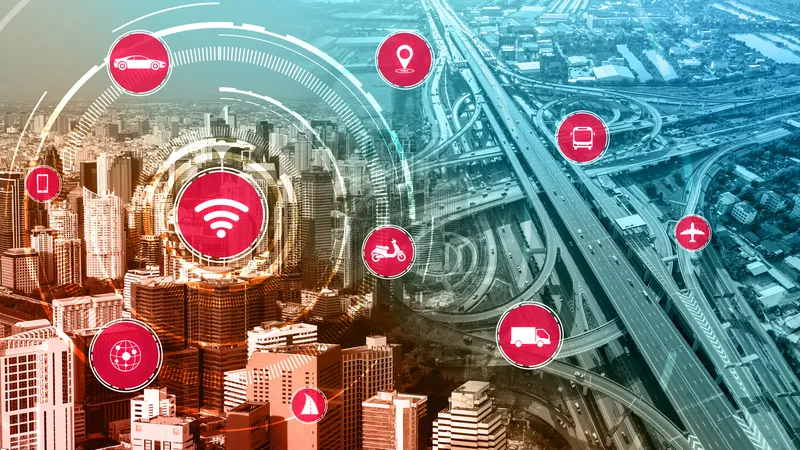UK company Traffic Technology has deployed sensors from its Eco Pyro range to monitor pedestrian visitors to the historic Abbey Gardens in Bury St Edmunds in Suffolk. The network of monitors will provide information for staff and resource allocation and as a performance indicator to monitor the success of the many major events held in the gardens.
August 15, 2012
Read time: 1 min
UK company 561 Traffic Technology has deployed sensors from its Eco Pyro range to monitor pedestrian visitors to the historic Abbey Gardens in Bury St Edmunds in Suffolk. The network of monitors will provide information for staff and resource allocation and as a performance indicator to monitor the success of the many major events held in the gardens.
The patented Eco Pyro registers body heat as people break an infra-red beam, accurately counting pedestrians even if they are close together. Easy to install, the Pyro range requires no in-ground sensors, has a ten year battery life and a memory capacity of over ten months. Data is manually downloaded using a pocket PC.
The patented Eco Pyro registers body heat as people break an infra-red beam, accurately counting pedestrians even if they are close together. Easy to install, the Pyro range requires no in-ground sensors, has a ten year battery life and a memory capacity of over ten months. Data is manually downloaded using a pocket PC.









